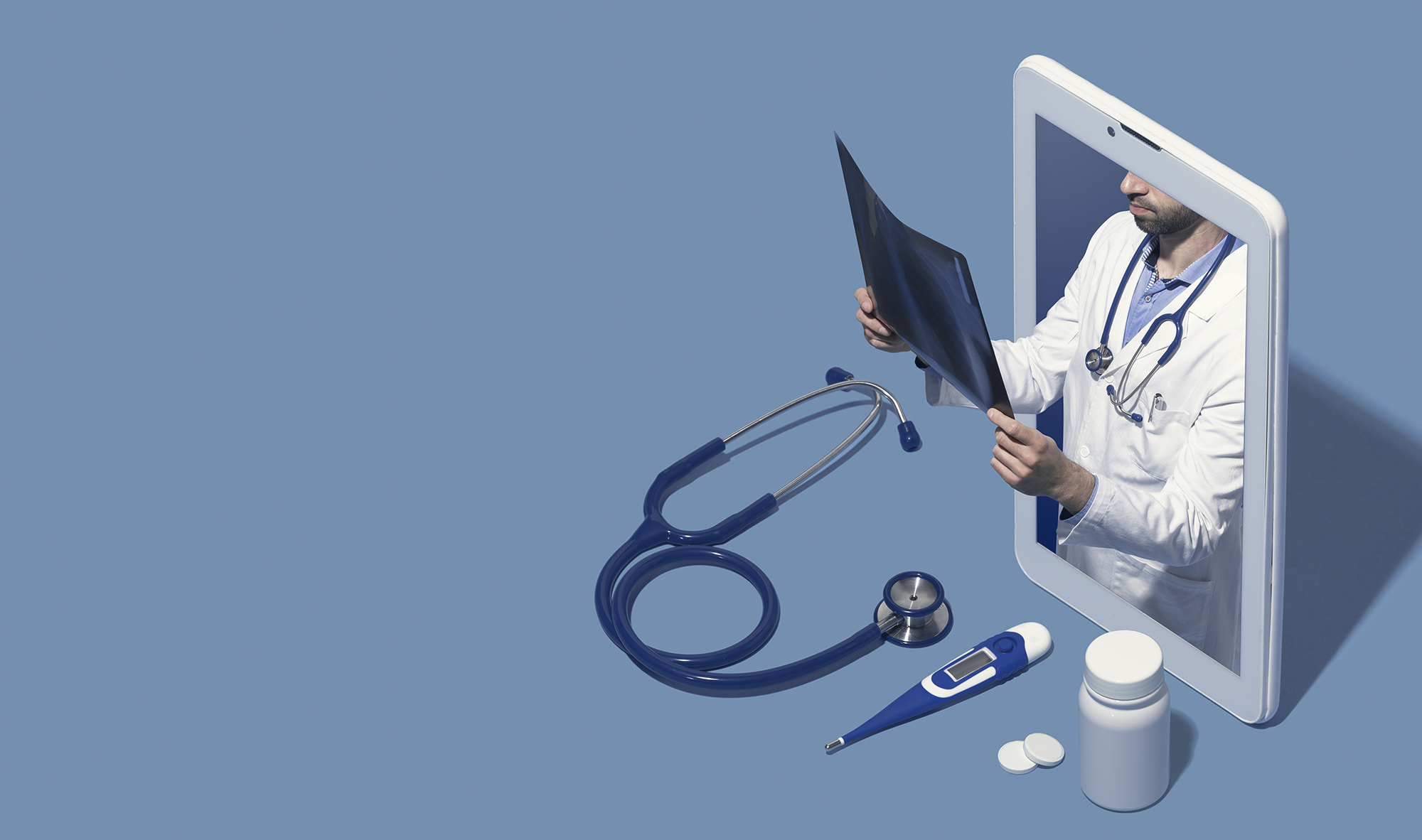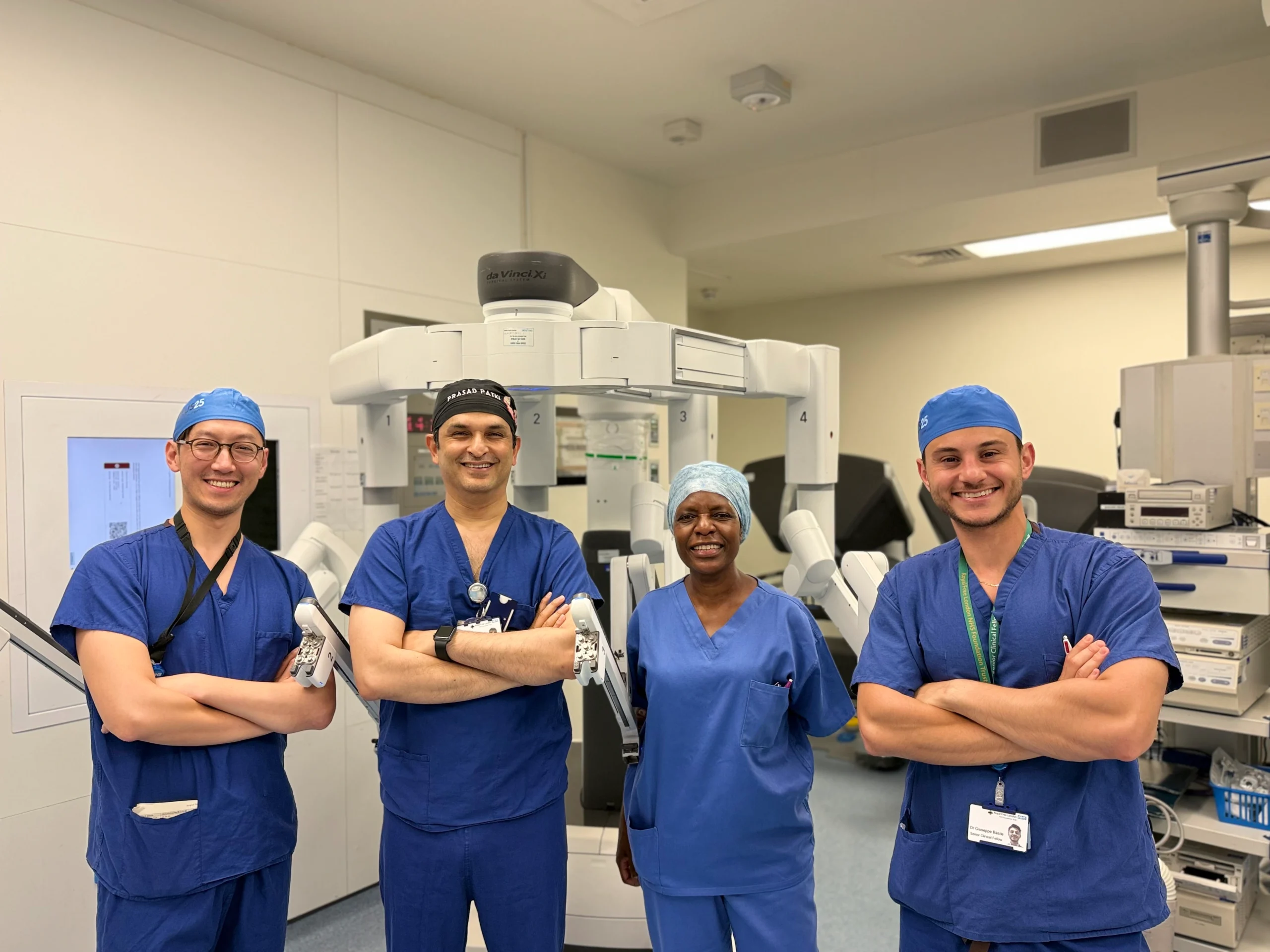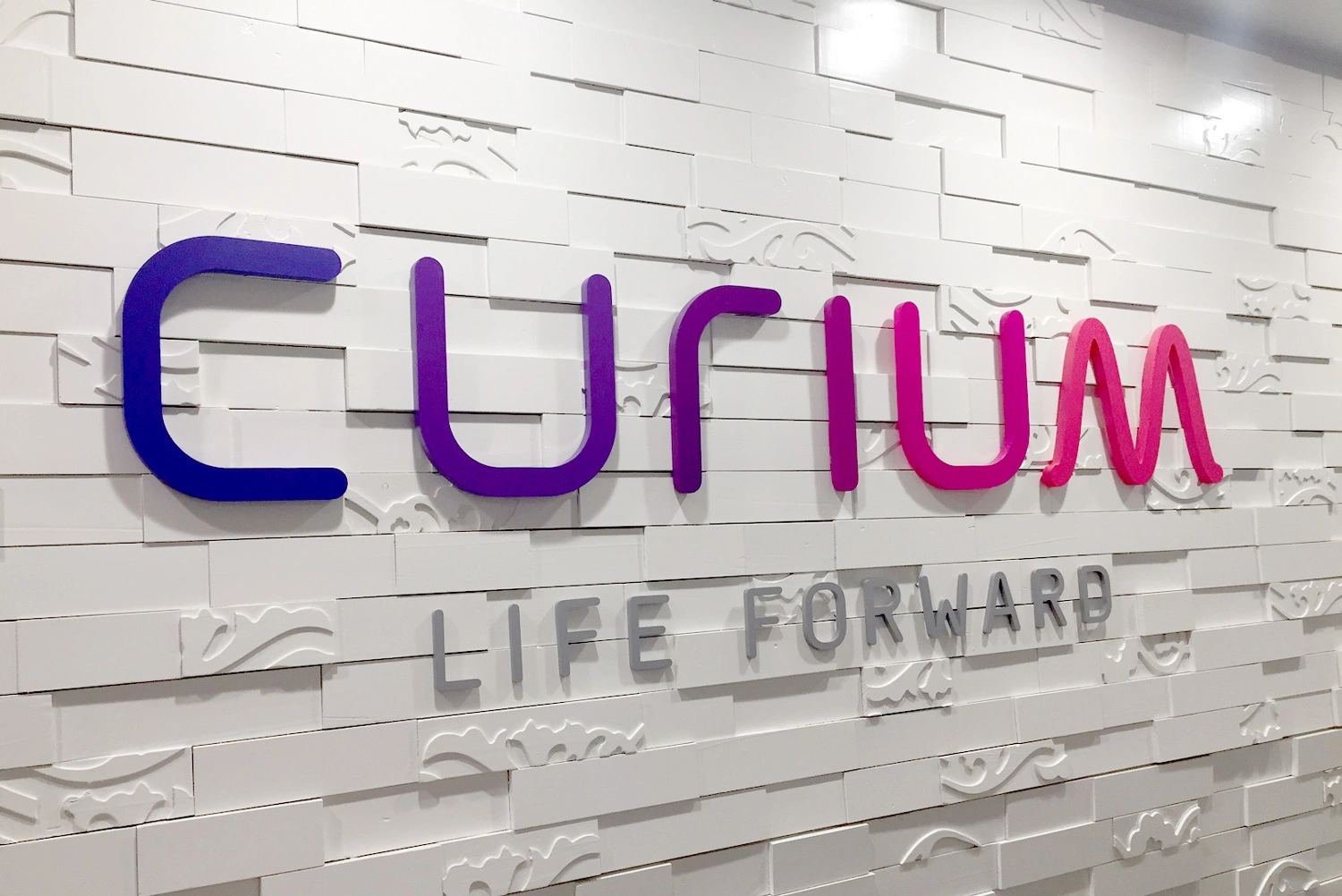The future of telemedicine: prescribe some patience

John E. Kaye
- Published
- Home, Technology

Scepticism from patients and practitioners alike has hindered the take-up of telemedicine. But that is now starting to change, says Jenny Derfler of Air Doctor
Until recently, few of us would feel comfortable sleeping overnight in a stranger’s house or travelling with an unknown driver in their private car. Now, we find it difficult to imagine life without Uber or Airbnb. In the face of a global pandemic, we are witnessing a similar transition in healthcare as telemedicine creates efficiencies and better utilises spare capacity. Telemedicine has been touted as the trend to revolutionise the way healthcare is delivered. Until now, it has not lived up to the hype, with relatively low adoption rates in spite of its promise to extend access to care and drive down medical costs.
Progress has been hindered by a lack of public awareness, combined with unfavourable regulatory frameworks that lead to poor coverage of remote consultations. However, trust and other human factors remain just as important if we want to understand the whole picture.
Many patients find it hard to reconcile the concept of telemedicine with their understanding of good medical care. After all, how are you supposed to get a physical examination without human contact? In addition, many doctors are reluctant to provide such services for similar reasons. Dr Daliah More, a general practitioner in Israel for almost three decades, firmly refused to adopt telemedicine: “It was not what I was trained for, it was too technical, too far removed from the patients.”
The Covid-19 pandemic triggered a change in attitude, with national public health bodies emerging as staunch advocates for telemedicine. The US Center for Disease Control and the World Health Organization, for instance, has encouraged its use for remote monitoring of patients. Dozens of digital health companies that did not previously offer telemedicine raced to add it to their proposition.
What has changed?
Covid-19 has also significantly changed patient attitudes towards remotely-delivered care. Qare, for example – a French market leader in telemedicine – saw bookings of virtual consultations increase 25% over pre-pandemic levels in March.
Tens of thousands of doctors have responded by offering remote consultations, despite widespread initial reluctance. Dr More is one of these practitioners: “I have learned that helping others in the family medicine setting is like any other relationship. If we built trust, caring, understanding, and empathy over the years, then moving from a real setting to a virtual setting is possible and realistic.”
Yet there is a consensus that some key elements are still missing to facilitate the widespread adoption of telemedicine and guarantee its efficiency. First, its success is dependent on the introduction of more favourable regulatory frameworks. For instance, remote consultations must be seamlessly and widely reimbursed, and patient data must be integrated into standard EMRs (Electronic Medical Records) and processes.
Most importantly, telemedicine can only succeed if doctors are given the right tools to diagnose patients remotely. “I need smart medical devices,” insists Dr Jacques Guedj, a French general practitioner and paediatrician with 26 years’ experience. “If I can’t physically examine my patient, then I will need to rely on connected stethoscopes, otoscopes, spirometers, pulse oximeters, and ECG monitors designed for home use that will do the job for me.”
Fortunately, digital health startups and established companies alike are racing to tackle this need, with many user-friendly and medically accurate solutions already available on the market.
Despite accelerated adoption in recent months, we are still in the early stages of the journey – the impact of telemedicine will increase hand-in-hand with the continuing development of crucial smart medical devices. As connected at-home measurement and monitoring equipment becomes more widely available, it will improve the type and quality of advice that can be provided through virtual consultations. In the world of digital health it seems that the possibilities are endless – but we need to prescribe some patience in the meantime. ν
Further information
For more technology news, follow The European
Sign up to The European Newsletter
RECENT ARTICLES
-
 Make boards legally liable for cyber attacks, security chief warns
Make boards legally liable for cyber attacks, security chief warns -
 AI innovation linked to a shrinking share of income for European workers
AI innovation linked to a shrinking share of income for European workers -
 Europe emphasises AI governance as North America moves faster towards autonomy, Digitate research shows
Europe emphasises AI governance as North America moves faster towards autonomy, Digitate research shows -
 Surgeons just changed medicine forever using hotel internet connection
Surgeons just changed medicine forever using hotel internet connection -
 Curium’s expansion into transformative therapy offers fresh hope against cancer
Curium’s expansion into transformative therapy offers fresh hope against cancer -
 What to consider before going all in on AI-driven email security
What to consider before going all in on AI-driven email security -
 GrayMatter Robotics opens 100,000-sq-ft AI robotics innovation centre in California
GrayMatter Robotics opens 100,000-sq-ft AI robotics innovation centre in California -
 The silent deal-killer: why cyber due diligence is non-negotiable in M&As
The silent deal-killer: why cyber due diligence is non-negotiable in M&As -
 South African students develop tech concept to tackle hunger using AI and blockchain
South African students develop tech concept to tackle hunger using AI and blockchain -
 Automation breakthrough reduces ambulance delays and saves NHS £800,000 a year
Automation breakthrough reduces ambulance delays and saves NHS £800,000 a year -
 ISF warns of a ‘corporate model’ of cybercrime as criminals outpace business defences
ISF warns of a ‘corporate model’ of cybercrime as criminals outpace business defences -
 New AI breakthrough promises to end ‘drift’ that costs the world trillions
New AI breakthrough promises to end ‘drift’ that costs the world trillions -
 Watch: driverless electric lorry makes history with world’s first border crossing
Watch: driverless electric lorry makes history with world’s first border crossing -
 UK and U.S unveil landmark tech pact with £250bn investment surge
UK and U.S unveil landmark tech pact with £250bn investment surge -
 International Cyber Expo to return to London with global focus on digital security
International Cyber Expo to return to London with global focus on digital security -
 Cybersecurity talent crunch drives double-digit pay rises as UK firms count cost of breaches
Cybersecurity talent crunch drives double-digit pay rises as UK firms count cost of breaches -
 Investors with €39bn AUM gather in Bologna to back Italy’s next tech leaders
Investors with €39bn AUM gather in Bologna to back Italy’s next tech leaders -
 Axians and Nokia expand partnership to strengthen communications infrastructure across EMEA
Axians and Nokia expand partnership to strengthen communications infrastructure across EMEA -
 Forterro buys Spain’s Inology to expand southern Europe footprint
Forterro buys Spain’s Inology to expand southern Europe footprint -
 Singapore student start-up wins $1m Hult Prize for education platform
Singapore student start-up wins $1m Hult Prize for education platform -
 UK businesses increase AI investment despite economic uncertainty, Barclays index finds
UK businesses increase AI investment despite economic uncertainty, Barclays index finds -
 Speed-driven email security: effective tactics for phishing mitigation
Speed-driven email security: effective tactics for phishing mitigation -
 Short circuit: humanoids go for gold at first 'Olympics for robots'
Short circuit: humanoids go for gold at first 'Olympics for robots' -
 New IBM–NASA AI aims to forecast solar flares before they knock out satellites or endanger astronauts
New IBM–NASA AI aims to forecast solar flares before they knock out satellites or endanger astronauts -
 AI is powering the most convincing scams you've ever seen
AI is powering the most convincing scams you've ever seen



























